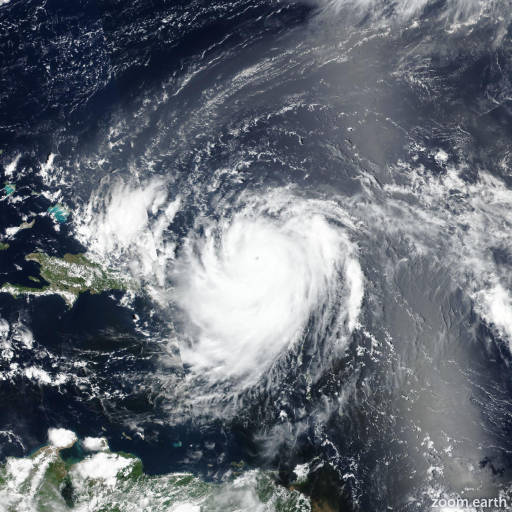Major Hurricane Erin 2025
Last Modified:

Satellite images, weather maps and tracks of Category 5 Major Hurricane Erin 2025, 11 - 23 August. Max wind speed 160mph.
Click on the map to add points. Double‑click to finish.
Tap on the map to add points.
Last Modified:

Satellite images, weather maps and tracks of Category 5 Major Hurricane Erin 2025, 11 - 23 August. Max wind speed 160mph.